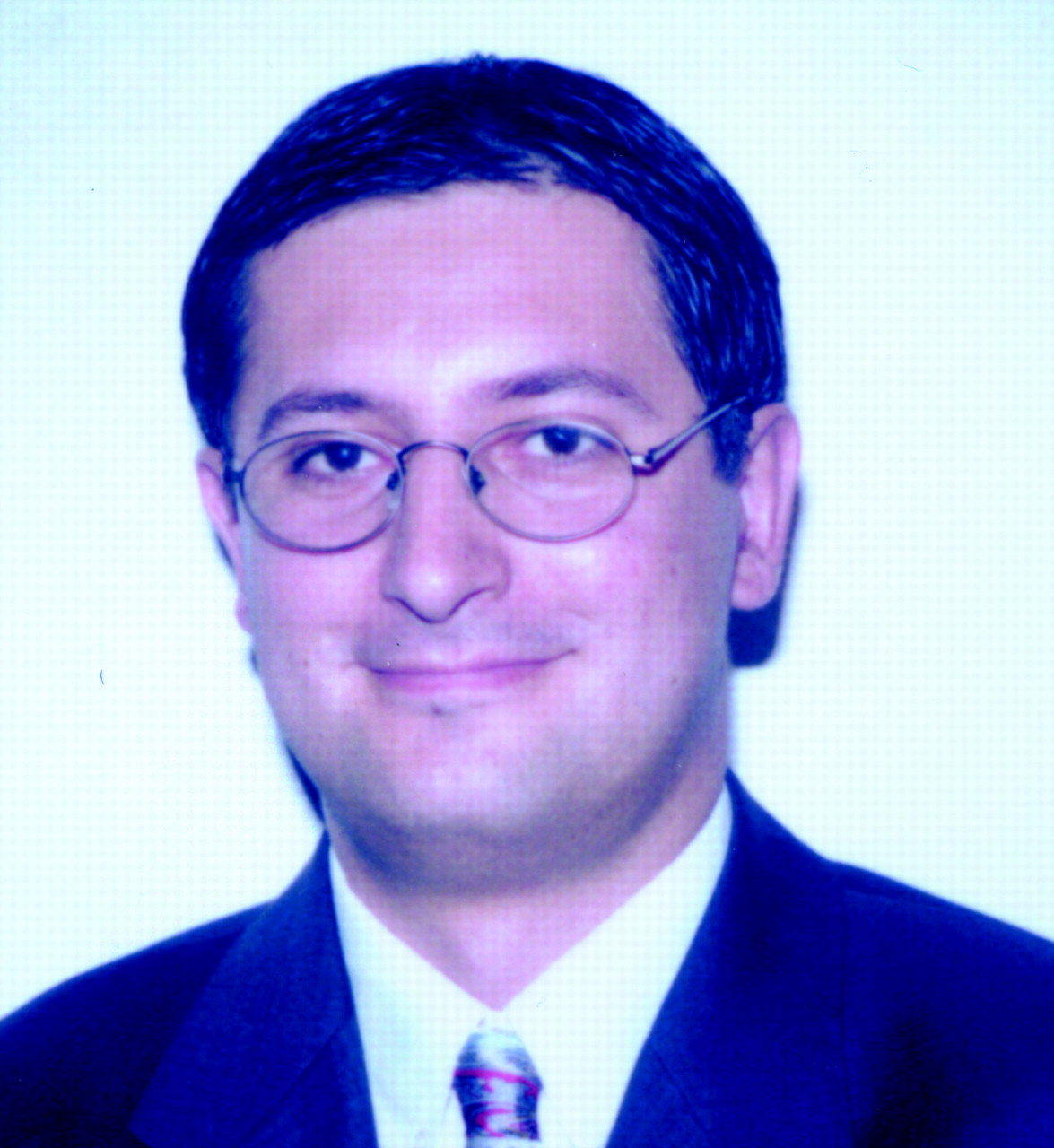A Moving Way to Learn About Psychoanalysis

The Applied Psychoanalysis Forum of the psychiatry residency program at St. Luke’s-Roosevelt Hospital Center in New York City seems to be a wonderful opportunity to review and deepen psychoanalytic knowledge for the residents. It is a monthly, extracurricular, optional activity for the residents. The forum is composed of three parts: watching a movie selected for its relevance to psychoanalytic thinking, a brief lecture on the movie by an attending physician, and a group discussion.
The most important benefits of the forum appear to be a growth in the psychoanalytic knowledge of participants, an opportunity to experience cross-cultural interpretations, a deepening of the relationships among the residents, and a pleasant entertainment experience. I will illustrate two significant clinical vignettes from this forum.
The first movie screened was “8 1/2,” the masterpiece of the Italian director Federico Fellini. At the beginning of the movie, the main character, Guido, is fixated in the Oedipal stage and unconsciously searches for unconditional maternal love. Guido has a tumultuous personal life, in which drama fully appears. Due to his resistance, Guido can access only a different form of the original conflict: an unsaturated thirst for creating a successful movie. Psychoanalytic thinking provides the necessary insight; it would be too stressful for his consciousness to be aware of the pain of not perceiving a profound love. Experience teaches Guido that love is no longer just the maternal, unconditional one, but appears in more complex forms that require an active participation of both partners.
The idea that “8 1/2” is a therapeutic journey helps us understand Guido’s statement to his wife toward the end of the film: “Accept me as I am.” It implies that, by this time, he has learned to feel more comfortable with himself as he is, has discovered and accepted the “child in himself,” and has escaped from the grip of neurosis. His Oedipal conflict is resolved. He found mature love and can now freely return to his pleasurable childhood experiences without the associated fear of not finding unconditional love. Guido discovers the joy of the original spectacle, the simplest, most primitive one, but at the same time, the fullest one in life in which every character dances in a circle. The Circus.
We also viewed “Freud, the Secret Passion,” by John Huston. This film depicts classical cases described by Freud and presents them in a form suitable for lay understanding. The case of Cecily is included in this film; it is the one in which Freud works with Breuer in treating a female patient who presents symptoms similar to today’s conversion disorder. The dark, unknown abyss between the patient’s past and present was never well explored in film before. Using his wonderful cinematographic skills, Huston takes the viewer along the same new path that Freud took alone more than a century ago.
Initially, Freud thought that trauma was caused by an external reality—for example, by a sexual abuser. He helped Cicely recover her early memories but was not satisfied with the extent of her progress. It was by analyzing himself that Freud became aware of the generator of pathology. He knew that his own dream was not about reality; it was his unconscious fantasy: a sexual encounter with his mother. The fantasy, and not necessarily the external reality, generated trauma. At that moment, psychoanalysis was born. By the healing power of psychoanalysis, the patient was cured.
One might say that historical facts are slightly different from what the movie conveys. This is true. Huston made a compromise to permit a glimpse into the basic concepts of psychoanalysis through his film.
The time constraints of psychiatric training in the 21st century are larger than ever. A complement to formal teaching on psychoanalytic concepts could be the Applied Psychoanalysis Forum. The value of such a program ranges from fostering interest in providing superior quality patient care and learning about other cultures to simply being an excellent way to enjoy free time. We enthusiastically recommend that other residency programs consider similar extracurricular experiences. ▪
Dr. Gangure is a third-year resident at St. Luke’s-Roosevelt Hospital Center in New York City and cochair of the Residents’ Committee of the New York County District Branch.



